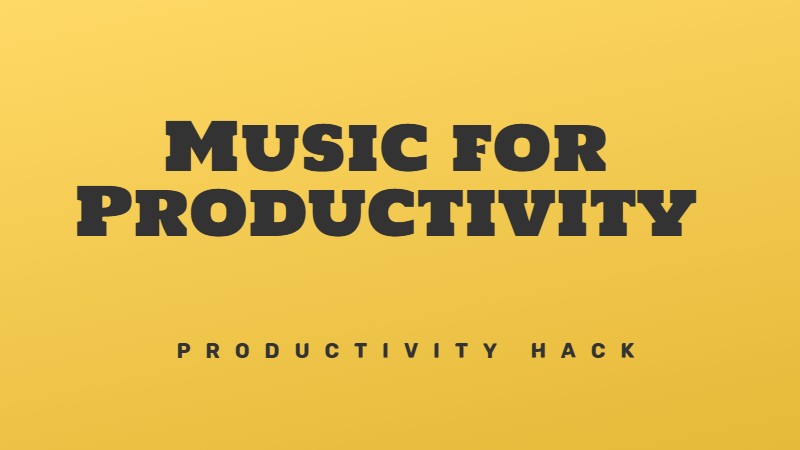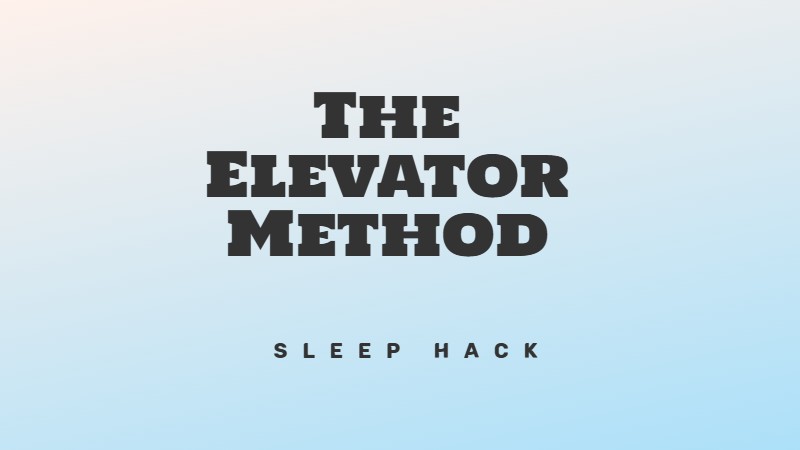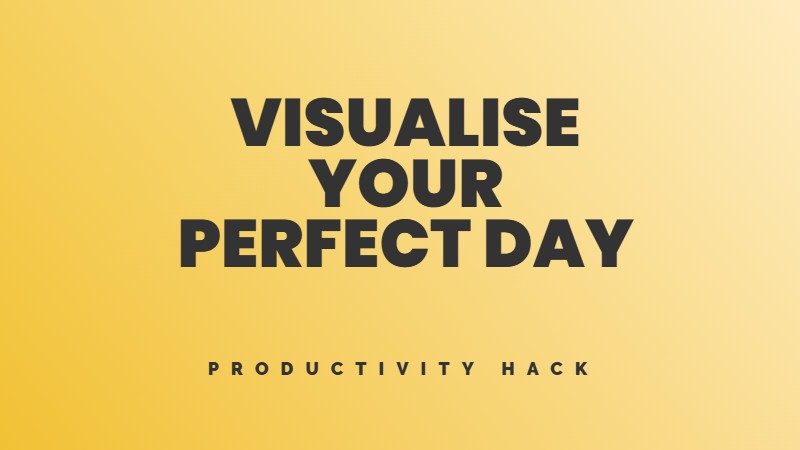In 2010, a hundred marketing experts gathered in Helsinki with an ambitious goal. How to turn their quiet, remote country into a global tourist hotspot? They brainstormed selling points like their educational system, mushroom-filled forests, functional design and happiness scores, but nothing stood out as their unique cultural signature.
Then someone suggested, almost jokingly, that perhaps their nation’s quietness wasn’t a drawback but an asset. What if silence itself could be packaged and sold? The idea stuck. Soon, the Finnish Tourist Board launched a “Silence, Please” campaign, featuring photos of solitary figures in vast, empty landscapes.
This counterintuitive approach transformed Finland’s natural serenity into a marketable commodity, proving that sometimes the most valuable resource is the one you seldom notice.

Silence is gold for your brain
Your brain loves silence more than you know. Finding quiet moments might be the health hack you’ve been missing in our world of constant notifications, background music and traffic noise.
The science of silence
Silence might be more powerful than sound. Finnish researchers weren’t looking for this answer when they started marketing their country as a tourist destination. They stumbled upon an unexpected truth: in our noisy world, silence sells.
Scientists have found that remarkable things happen during quiet moments. When researchers at Duke University exposed mice to two hours of silence daily, something unexpected happened. Their brains grew new cells in the hippocampus, the brain’s memory centre. This happened without any special training or stimulation—just pure quiet.
Dr. Imke Kirste, who conducted this research, was shocked. She had expected that various sounds would stimulate brain growth, but silence proved more powerful than any sound stimulus tested.
What happens when you go quiet
When external noise stops, your brain doesn’t simply shut down. Instead, it shifts into what scientists call “default mode”. A highly active state where your mind processes experiences, solves problems, and integrates new information.
In 2001, Dr. Marcus Raichle discovered this default network that activates when we’re not focused on specific tasks. This background mental activity uses most of your brain’s energy and serves critical evolutionary purposes:
Think of silence as mental whitespace. A breathing room your brain needs to work at its best.
Why your body craves quiet
Your physical body responds dramatically to silence. Dr. Luciano Bernardi discovered this accidentally while studying the effects of music on the body. Between musical tracks, during brief silent pauses, test subjects experienced:
The silent pauses proved more relaxing than even “relaxing” music. Your body instinctively recognises silence as a signal to recover and reset.
Practical ways to find silence
You don’t need a Finnish forest retreat to benefit from silence. Here are practical ways to bring more quiet into your life:
Common objections to silence
Many people resist silence for these reasons:
“I get anxious in silence”
This is normal at first. Start with just 2-3 minutes and gradually increase. The discomfort often signals that your mind needs this quiet time to process backlogged thoughts and feelings.
“I don’t have time for silence”
You don’t need hours. Research shows even two-minute silent pauses between activities provide physiological benefits. Try setting a timer for 2 minutes between meetings or tasks.
“My environment is never quiet”
Use noise-cancelling headphones, early morning hours, or white noise machines to create artificial quiet. The goal isn’t perfect silence, but reducing stimulation to let your mind rest.
The silent edge
Want better decisions, improved memory, and reduced stress? Regular silence might give you these advantages:
The world gets louder each year. Finding silence gives you a competitive advantage in health, productivity, and mental clarity. While others fill every moment with noise, your regular doses of quiet will build a stronger brain and calmer body.
Next time you feel overwhelmed, stressed, or mentally foggy, try the simplest solution: turn everything off. Your brain will thank you.




Hinterlasse ein Feedback zu diesem Thema